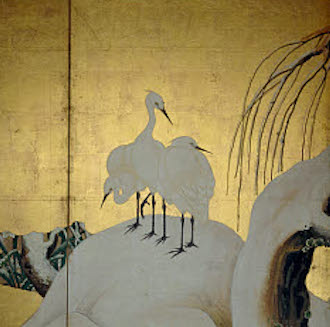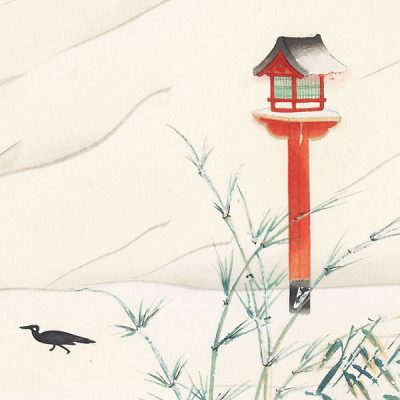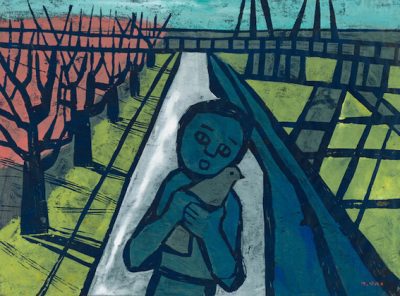Japanese Art from Edo to 20th Century
Lee Jay Walker
Modern Tokyo Times

Watanabe Shikō (1683–1755) emerged as a prodigious talent in the vibrant artistic landscape of Edo-period Japan. Born in Kyoto, a city steeped in elegance and tradition, Shikō’s creative spirit was shaped by the rich cultural and spiritual heritage of his time. His work drew inspiration from both the refined aesthetics of the Kano School and the decorative brilliance of Rinpa (Rimpa) painting—two schools of art that defined the visual identity of the era.
Rooted in the contemplative rhythms of Buddhist and Shinto culture, and touched by the evolving world of ukiyo-e and printed media, Shikō’s artistry carried a unique sensitivity. One can almost see how the sacred air of Koyasan, the ancient serenity of Nara, the legacy of Negoro-ji, and the poetic ambiance of his native Kyoto flowed through his brush. In these storied places, the spirit of classical Japan echoed—and Watanabe Shikō listened, transformed, and painted.

The captivating artwork above is the creation of Yamaguchi Hoshun (1893–1971), a distinguished painter born in the northern reaches of Hokkaido during the transformative Meiji Period (1868–1912)—a time when tradition and modernity danced in delicate balance.
Guided by the refined hand of his mentor, Matsuoka Eikyō, Hoshun developed a visual language that echoed both reverence and innovation. The subtle influence of Eikyō weaves through many of Hoshun’s works—sometimes as a gentle undertone, other times more vividly—infusing his compositions with a quiet depth and poetic restraint. One can sense in his brushwork a harmonious blend of inherited wisdom and personal vision, rooted in classical sensibilities yet reaching toward modern expression.

The final piece is the work of Tadashige Ono (1909–1990), an artist whose vision was deeply shaped by the tides of history and the voices of the people. Born in a century defined by upheaval and transformation, Ono found his artistic compass within the Proletarian and Farmers’ Art Movement—a current of creative resistance that coursed through the early 20th century.
Amid the shadows cast by World War II and the Pacific War, Ono’s work resonates with the raw clarity of lived experience and collective struggle. This socially conscious art form, echoing across Germany, Japan, and Russia, gave voice to those often left unseen—laborers, farmers, and the working class. In Ono’s hands, the brush became not only a tool of expression but a quiet act of defiance and empathy, reflecting a world where art and humanity stood side by side in times of both sorrow and strength.

Modern Tokyo News is part of the Modern Tokyo Times group
http://moderntokyotimes.com Modern Tokyo Times – International News and Japan News
http://sawakoart.com – Sawako Utsumi’s website and Modern Tokyo Times artist
https://moderntokyonews.com Modern Tokyo News – Tokyo News and International News
PLEASE JOIN ON TWITTER
https://twitter.com/MTT_News Modern Tokyo Times
PLEASE JOIN ON FACEBOOK